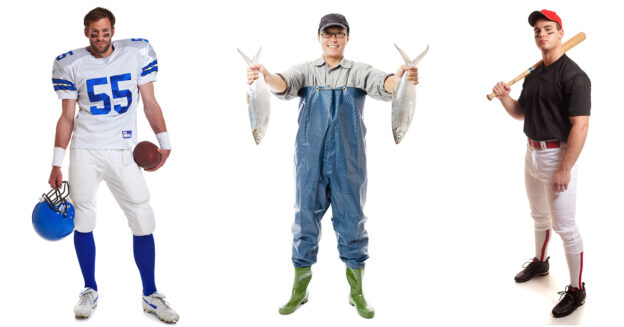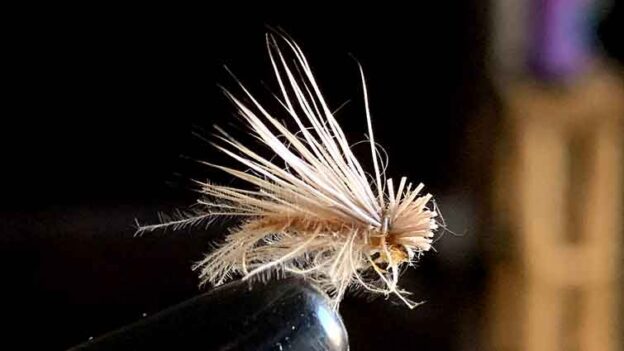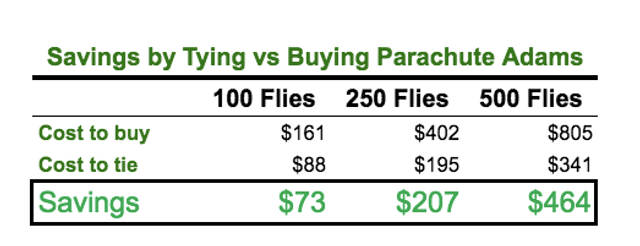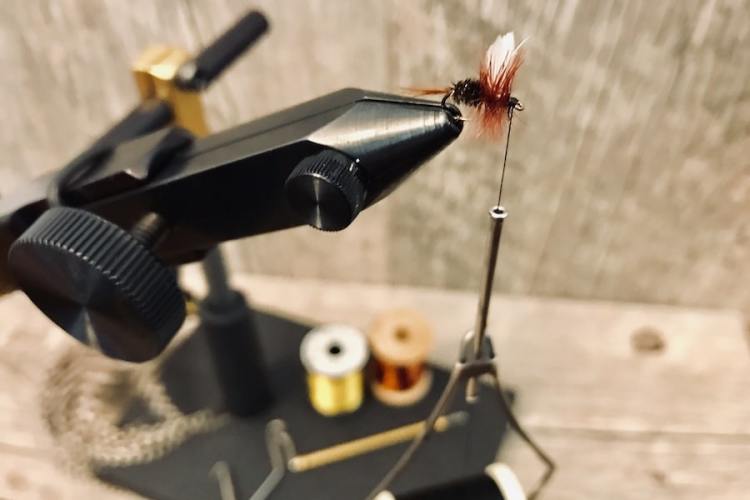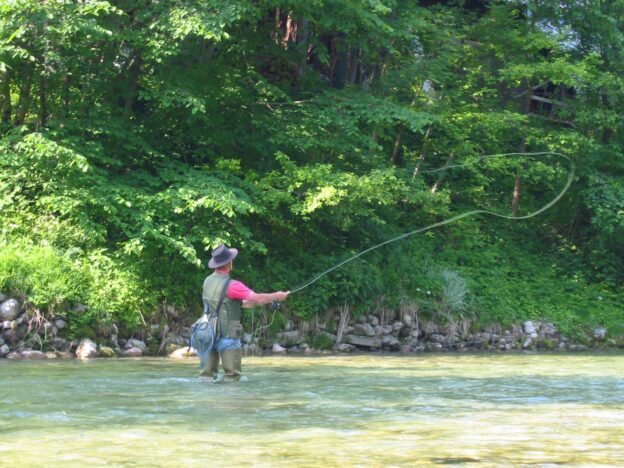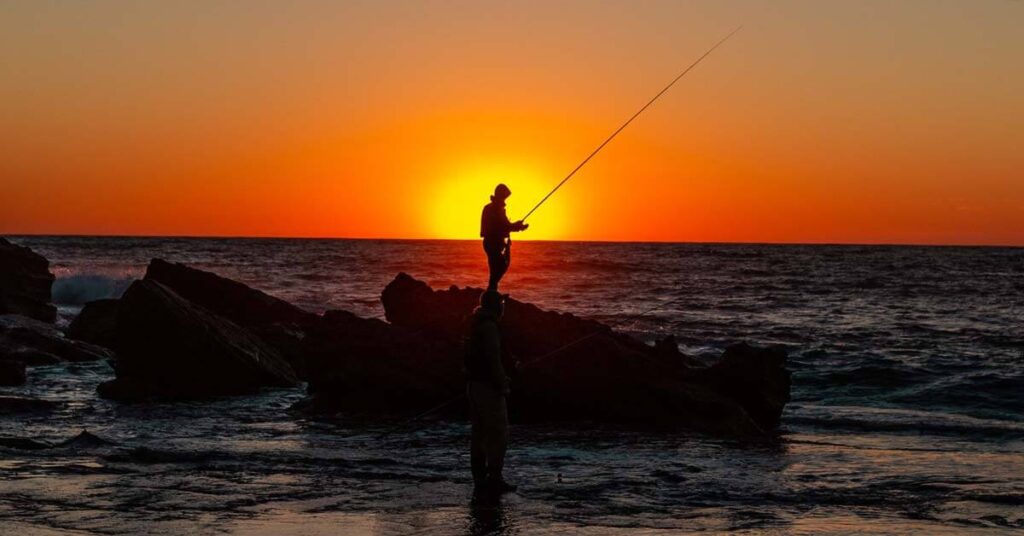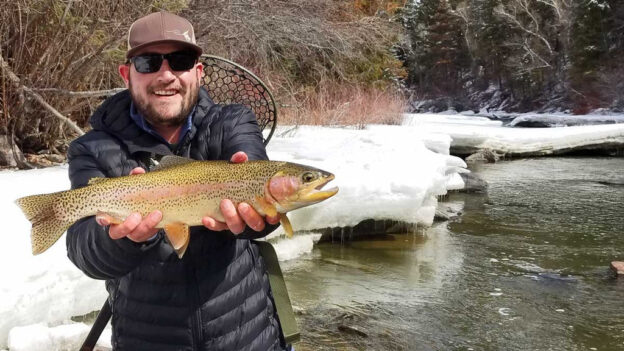Have you ever wondered if fishing is considered a hobby or a sport? This age-old debate continues to spark curiosity among fishing enthusiasts and outdoor enthusiasts alike. While some argue that fishing is simply a pleasurable pastime, others firmly believe it holds the status of a competitive sport. In this article, we will explore the various arguments surrounding this topic, examining both sides of the coin to shed light on the question of whether fishing is truly a hobby or a sport. So, grab your tackle box and join us on this fascinating journey to unravel the mystery behind the beloved activity known as fishing.
Defining Fishing
Differentiating between hobby and sport
When discussing fishing, it is essential to understand the distinction between a hobby and a sport. While both involve engaging in an activity for personal enjoyment, there are key differences that set them apart. A hobby typically refers to a leisurely pursuit undertaken for individual enjoyment, relaxation, and recreation. On the other hand, a sport involves competition, structured rules, and the development of physical and mental skills through training and commitment.
What is fishing?
Fishing, at its core, is the practice of catching fish or other aquatic animals from various bodies of water using different methods and techniques. People have engaged in fishing for centuries as a means of sustenance, trade, and recreation. It encompasses a wide range of activities, from catching fish for consumption to participating in organized fishing competitions.
The range of fishing activities
Fishing offers a diverse range of activities that cater to different preferences and levels of expertise. Recreational fishing is a popular pastime where individuals fish for relaxation and enjoyment, often in serene natural environments such as lakes, rivers, or oceans. Catch and release fishing, a subset of recreational fishing, involves catching fish and subsequently releasing them back into the water unharmed.
For those seeking a more thrilling experience, deep-sea fishing provides an opportunity to venture into the open ocean to catch larger species such as marlin and tuna. Fly fishing, another specialized form of angling, utilizes lightweight lures and requires manual casting techniques. Lastly, ice fishing allows enthusiasts to fish through a hole in a frozen body of water during the winter months, combining fishing with the unique experience of being on ice.
Characteristics of a Hobby
Leisurely pursuit
One of the primary characteristics of fishing as a hobby is its leisurely nature. When you engage in fishing as a hobby, you are looking to spend quality time in a peaceful and tranquil environment. It provides an escape from the hustle and bustle of daily life, allowing you to unwind and recharge. Whether you choose to fish alone or with friends and family, it is a leisurely pursuit that offers a chance to disconnect from the stresses of everyday life.
Individual enjoyment
Fishing as a hobby centers around personal enjoyment. It provides a sense of satisfaction and contentment, whether it be from the thrill of catching a fish or simply being immersed in nature. As an individual hobby, fishing allows you to set your own pace, choose your preferred fishing spots, and customize your fishing gear to suit your preferences. It is a personal endeavor that brings joy and fulfillment to the angler.
Emphasis on relaxation and recreation
Relaxation and recreation are key elements of fishing as a hobby. The act of fishing itself, from casting a line to patiently waiting for a bite, can be calming and meditative. The tranquility of being surrounded by nature, the soothing sound of water, and the fresh air all contribute to a sense of relaxation. Fishing as a hobby lets you escape the pressures of daily life and immerse yourself in an activity that brings peace and enjoyment.

This image is property of leisuregrouptravel.com.
Characteristics of a Sport
Competition and structured rules
In contrast to fishing as a hobby, fishing as a sport has a competitive aspect. Fishing competitions, both at amateur and professional levels, define fishing as a sport. These competitions have structured rules, time limits, and specific fish species to target. Participants strive to catch the most fish or the heaviest fish within the given time frame while adhering to the competition guidelines. The competitive element adds an exciting dimension to fishing, encouraging participants to refine their skills and strategy.
Physical and mental skill requirements
Fishing as a sport demands physical and mental skills from participants. It requires physical endurance, coordination, and dexterity to cast the fishing line, reel in fish, and handle equipment. Mental skills such as observation, patience, and problem-solving also come into play. Anglers must analyze fishing conditions, understand fish behavior, and adapt their techniques accordingly. The combination of physical and mental skills makes fishing a challenging and rewarding sport that hones both body and mind.
Training and commitment
Serious anglers who consider fishing as a sport often undertake training and commit themselves to improving their skills. They dedicate time to learning different fishing techniques, studying water conditions, understanding fish habitats, and reviewing strategies employed by successful anglers. This commitment extends beyond the time spent on the water, as anglers immerse themselves in researching, attending workshops, and seeking guidance from experts. The dedication to continuous improvement typifies fishing as a sport.
Debate Over Fishing’s Classification
Arguments for fishing as a hobby
Those who argue for fishing as a hobby emphasize the individual nature of the activity and the emphasis on relaxation and enjoyment. Fishing as a hobby focuses on personal fulfillment, creating a bond between the angler and nature. It is a peaceful endeavor that allows individuals to connect with themselves and their surroundings. The absence of competition and structured rules distinguishes fishing as a leisurely and recreational hobby.
Arguments for fishing as a sport
Supporters of fishing as a sport stress the competitive aspect and the skill requirements it entails. Fishing competitions provide a platform for anglers to showcase their abilities, pitting their skills against fellow participants. The physical and mental demands of fishing, along with the commitment to training, align with characteristics typically associated with sports. The thrill of competition, the pursuit of excellence, and the drive to push boundaries further justify considering fishing as a sport.
Fishing as both a hobby and a sport
Rather than viewing fishing as exclusively a hobby or a sport, it is essential to recognize that fishing can encompass both aspects simultaneously. Fishing can be a hobby for those seeking relaxation, personal enjoyment, and connection with nature. Simultaneously, for individuals who engage in competitive fishing events, fishing becomes a sport. Whether someone chooses to view fishing as a hobby, a sport, or a combination of both can depend on their personal perspective, motivations, and goals.

This image is property of miro.medium.com.
Historical Perspective
Early human fishing practices
Fishing traces its roots back to the earliest human civilizations. Ancient humans living near bodies of water began fishing as a means of sustenance, providing a reliable food source. Early fishing techniques included using spears, hand gathering, and basic nets to catch fish and other marine creatures. As societies developed, fishing evolved from a purely survival activity to incorporate cultural and recreational elements.
The evolution of fishing as a pastime
Over time, fishing transitioned from a purely practical activity into a pastime pursued for leisure and enjoyment. As societies became more advanced and food became more readily available, people began fishing for recreational purposes, seeking the pleasure of spending time in nature and the thrill of catching fish. Fishing became increasingly popular as a way to relax, bond with others, and escape the pressures of daily life.
Transition to organized fishing competitions
The emergence of organized fishing competitions marked a significant shift in the perception of fishing as a sport. The 18th and 19th centuries witnessed the establishment of angling clubs and the codification of rules for fishing tournaments. These events brought together skilled anglers who showcased their abilities in pursuit of prizes and recognition. Organized fishing competitions elevated fishing to a sport, creating structured platforms for anglers to compete and demonstrate their expertise.
Popular Fishing Activities
Recreational fishing
Recreational fishing, often considered the quintessential form of fishing as a hobby, caters to individuals seeking relaxation and enjoyment. It involves fishing for personal pleasure rather than for commercial purposes. Recreational anglers pursue fishing as a means of escape, finding solace in the peacefulness of the surrounding environment and the satisfaction of reeling in a catch. It is a versatile activity that can be practiced in a variety of settings, including lakes, rivers, and oceans.
Catch and release
Catch and release fishing has gained popularity as a subset of recreational fishing, promoting conservation and environmental sustainability. Anglers engage in catch and release fishing for the joy of the sport rather than harvesting fish for consumption. This practice involves carefully handling and releasing caught fish back into the water, ensuring their survival and the preservation of fish populations. Catch and release fishing allows individuals to engage in the sport while minimizing their impact on the ecosystem.
Deep-sea fishing
For those seeking an adrenaline-fueled fishing adventure, deep-sea fishing provides a thrilling experience in the open ocean. It involves venturing further offshore, targeting larger and more challenging fish species such as marlin, sailfish, and tuna. Deep-sea fishing often requires specialized boats, equipment, and professional guidance due to the increased complexity and risks associated with navigating deep waters. This form of fishing combines the excitement of the hunt with the awe-inspiring vastness of the ocean.
Fly fishing
Fly fishing stands out as a specialized angling technique that presents its own unique challenges and rewards. Originating from freshwater streams and rivers, fly fishing employs lightweight artificial lures called flies. Anglers use specialized casting techniques to delicately present the fly on the water’s surface, imitating the natural movement of insects or small fish. Fly fishing demands a combination of finesse, skill, and knowledge of local fish species, making it an artful and engaging form of fishing.
Ice fishing
Ice fishing brings an element of adventure to the world of fishing, allowing enthusiasts to fish through a hole in a frozen body of water. Typically associated with colder climates, ice fishing offers a distinct experience as anglers set up temporary shelters and drill holes to access the water below the ice. This unique form of fishing requires specialized equipment, including ice augers, sleds, and ice fishing rods. Bundled up in warm clothing, anglers patiently await their catch while surrounded by a frozen landscape.
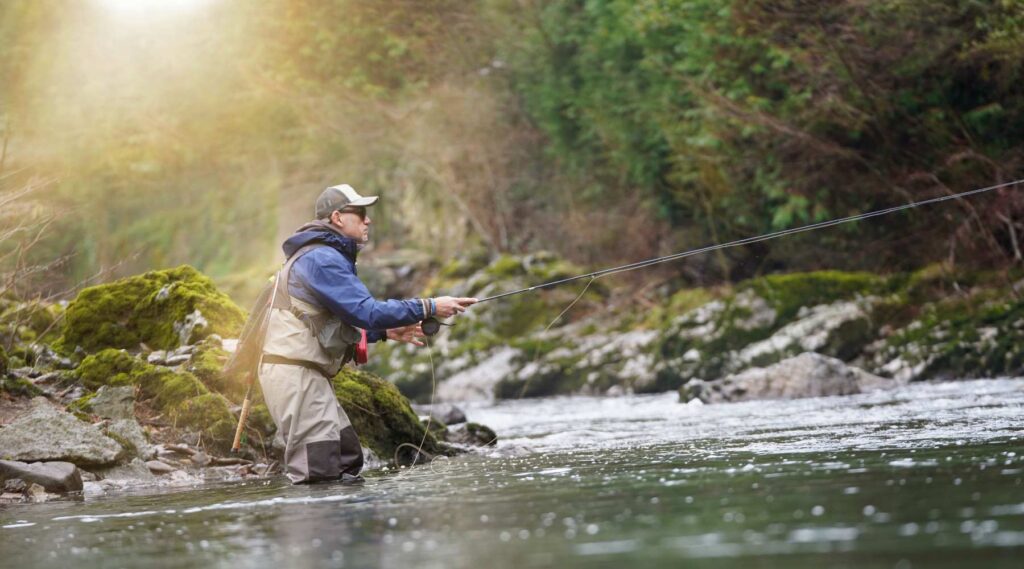
This image is property of anseris.com.
Fishing Associations and Competitions
Professional fishing leagues
Just like other sports, fishing boasts professional leagues that cater to the highest levels of competitive angling. These leagues, such as the Bassmaster Elite Series and Major League Fishing, feature elite anglers who compete for substantial prize money, endorsements, and titles. Professional fishing events serve as a showcase for the best anglers, who dedicate their lives to mastering the sport. They provide a platform for professional competition while garnering interest and support from fishing enthusiasts worldwide.
Angler associations and clubs
Angler associations and clubs play a vital role in promoting fishing as both a hobby and a sport. These organizations bring together like-minded individuals who share a passion for fishing. They create communities of anglers, providing opportunities for social interaction, knowledge-sharing, and collective efforts in conservation and environmental stewardship. Angler associations and clubs also organize local tournaments and events, fostering friendly competition and camaraderie among members.
Major fishing tournaments
Major fishing tournaments attract participants from around the world, showcasing their skills on a grand stage. Examples of these high-profile events include the Bassmaster Classic, the FLW Cup, and the International Game Fish Association (IGFA) World Championships. These tournaments draw top anglers and offer significant prize purses. They also contribute to the growth and visibility of fishing as a sport, captivating audiences and inspiring future generations of anglers.
Benefits of Fishing as a Hobby
Stress relief and mental well-being
Fishing as a hobby provides an opportunity to escape from the stresses of everyday life and find solace in nature. The peaceful surroundings, gentle sounds of water, and stress-free pace of fishing contribute to stress relief and improved mental well-being. Engaging in the hobby allows you to unwind, clear your mind, and refocus your attention on the present moment. The experience can bring a sense of calmness, relaxation, and rejuvenation.
Environmental appreciation and conservation
Fishing as a hobby often fosters a deep appreciation for the environment and a desire to conserve it. Spending time immersed in nature exposes anglers to the beauty and fragility of aquatic ecosystems. This first-hand experience encourages a sense of responsibility toward environmental stewardship and sustainability. Many anglers actively support conservation efforts by adhering to catch and release practices, participating in habitat restoration projects, and advocating for responsible fishing practices.
Social bonding and community engagement
Fishing as a hobby can enhance social connections and contribute to community engagement. Whether fishing with family, friends, or fellow anglers, it provides an opportunity to strengthen relationships and create lasting memories. Fishing outings foster companionship, teamwork, and shared experiences in a relaxed and enjoyable setting. Additionally, angling communities often engage in collaborative efforts to protect and enhance fishing resources, promoting a sense of shared responsibility and community involvement.

This image is property of www.saltstrong.com.
Benefits of Fishing as a Sport
Skill development and athletic challenges
Engaging in fishing as a sport offers ample opportunities for skill development and athletic challenges. As anglers strive to enhance their fishing techniques and strategies, they hone their physical coordination, reflexes, and fine motor skills. The pursuit of mastery in casting, reeling, and navigating various fishing environments brings a continuous cycle of improvement. Anglers push their physical and mental boundaries, facing and overcoming challenges that contribute to personal growth and self-confidence.
Sense of accomplishment and personal growth
Competitive fishing as a sport provides a sense of accomplishment and personal growth. Setting and achieving goals within the sport can be immensely rewarding, fostering a sense of pride and self-fulfillment. Success in fishing tournaments, improved skills, and the ability to overcome setbacks contribute to an individual’s personal growth and development. Fishing as a sport challenges participants to constantly push themselves further, creating opportunities for self-discovery and lasting achievements.
Economic opportunities and sponsorships
For those who excel in fishing as a sport, it can present economic opportunities and sponsorships. Professional anglers, in particular, can earn a living through sponsorships, endorsements, and prize winnings. Success in competitive fishing opens doors to partnerships with fishing equipment manufacturers, apparel brands, and other related industries. These opportunities not only enable anglers to pursue their passion full-time but also contribute to the growth and commercialization of the sport.
Addressing the Debate
The significance of personal perspective
The fishing debate between hobby and sport ultimately boils down to personal perspective. The way individuals perceive and engage with fishing is shaped by their interests, motivations, and goals. For some, fishing might purely serve as a relaxing and enjoyable activity, fitting the definition of a hobby. Others embrace the competitive aspect, seeking recognition and pushing their skills to the limit, aligning more with the sport designation. Recognizing and respecting the diversity of perspectives surrounding fishing is crucial in addressing the debate.
Reconciling the hobby versus sport debate
Rather than engaging in a polarizing debate, it is possible to find common ground and reconcile the notions of fishing as both a hobby and a sport. Acknowledging that fishing can encompass elements of both pursuits allows for a more inclusive and comprehensive understanding. Whether fishing is pursued for leisurely enjoyment or competitive engagement, both perspectives contribute to the rich tapestry of fishing culture. Embracing the multifaceted nature of fishing facilitates a more nuanced conversation and appreciation for this beloved activity.
Recognizing individual motivations and goals
Ultimately, what matters most is recognizing and respecting the individual motivations and goals of anglers. Some may find solace in the serene environment and personal fulfillment offered by fishing as a hobby, while others may thrive on the challenges and competitiveness of fishing as a sport. Rather than being constrained by definitions or classifications, it is imperative to value the diversity of experiences and perspectives that fishing brings. By doing so, we can foster an inclusive fishing community and celebrate the myriad ways in which individuals engage with this beloved activity.
In conclusion, fishing is a multifaceted activity that encompasses both hobby and sport aspects. Whether pursued for personal relaxation, camaraderie, or competition, fishing offers an escape from everyday life and a profound connection with nature. As angling continues to evolve and capture the hearts of individuals worldwide, it remains a cherished pastime that defies rigid definitions and welcomes all who seek its joys. So, grab your fishing gear, find your favorite fishing spot, and enjoy the peacefulness and fulfillment that fishing brings, no matter how you choose to define it.

This image is property of www.saltstrong.com.
